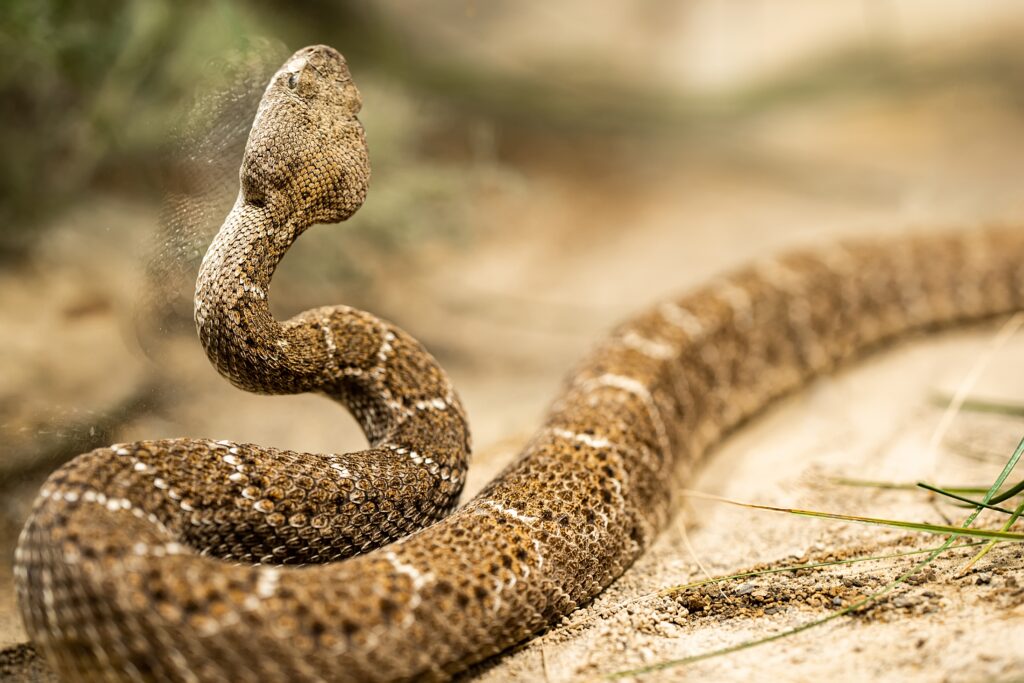
In Central & West Texas, snake encounters are more common than most homeowners expect — especially near water, brushy areas, rock walls, and outbuildings. While many snakes are non-venomous, some can pose serious risks to people, pets, and livestock. Andy’s Pest Troopers provides fast, professional snake removal paired with repellent treatments and habitat recommendations to help keep snakes away — long after the initial visit.
Stay safe and let us handle the snakes.
Have you ever wondered why a snake would choose your property? The primary reasons are simple: food and shelter. Snakes are carnivorous predators, and if your home or yard provides an abundant source of prey, they are more likely to stick around.
The presence of a snake often indicates an underlying rodent infestation. Pests like mice and rats are a primary food source for many local snake species. If these rodents have found their way into your home, snakes may follow. They are simply hunting for their next meal.
Beyond food, snakes seek out safe, dark, and damp places to hide from predators and regulate their body temperature. Thick vegetation, debris piles, and unsealed structures offer the perfect refuge. Effective snake control, therefore, involves managing not just the snakes but also the rodents and other prey that attract them.
The presence of a snake often indicates an underlying rodent infestation. Pests like mice and rats are a primary food source for many local snake species.
Thick vegetation, debris piles, and unsealed structures offer the perfect refuge.
A nearby pond, creek, or even a leaky hose or birdbath can attract snakes
Tall grass, overgrown shrubs, and unkempt flower beds provide excellent cover for snakes to hide and hunt.

How can you tell if a snake on your property is dangerous? While it’s always best to keep a safe distance, there are some general characteristics that can help you distinguish between venomous and non-venomous snakes. Venomous pit vipers in the U.S., like copperheads and rattlesnakes, often have triangular or arrow-shaped heads.
In contrast, non-venomous snakes typically have a more rounded or spoon-shaped head. Pupil shape can be another indicator; many venomous snakes have vertical, cat-like pupils, while non-venomous species usually have round pupils. However, these are not foolproof rules, as pupil shape can change in different light conditions.
If you encounter a snake, never approach it to get a closer look. Misidentification can lead to dangerous snake bites. It’s always safest to assume any unidentified snake could be a type of snake that is venomous and call us to help remove the snake.
Yes! When it’s safe to do so, our team will carefully remove and humanely relocate the snake.
Using a snake repellent can help keep venomous snakes out of treated areas. It also helps to tidy up around your property—remove wood or rock piles, keep grass short, and maintain your flower beds to reduce hiding spots.
Nope! Rattlesnakes actually give birth to live babies.
Not always—it depends on the situation. If you’re unsure or want peace of mind, give Andy’s Pest Troopers a call, and we can schedule a snake inspection.
We do! Our snake repellent service helps deter venomous snakes and keeps them from hanging around treated areas.